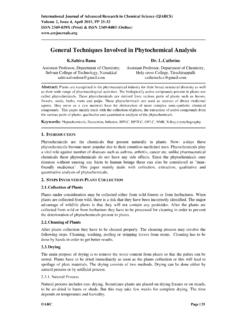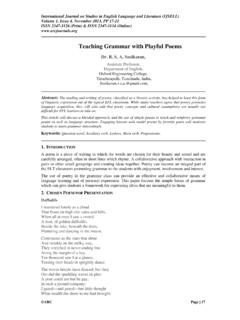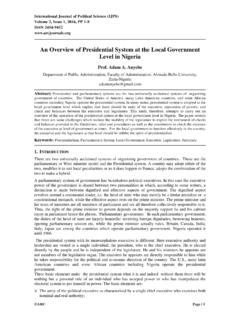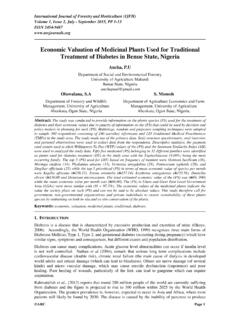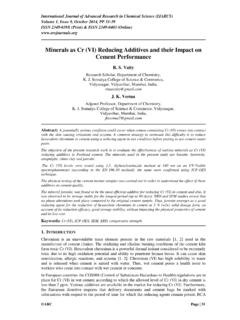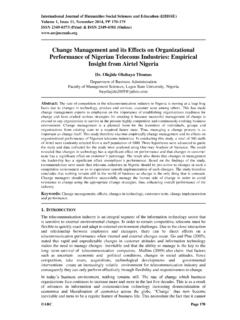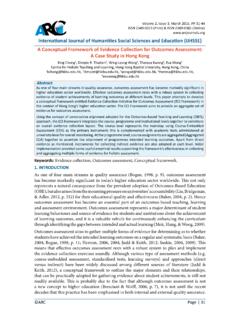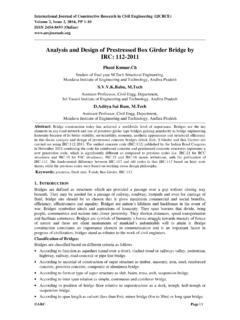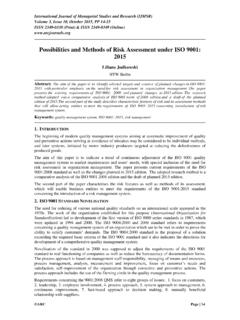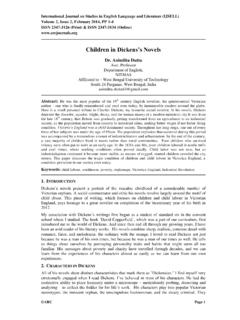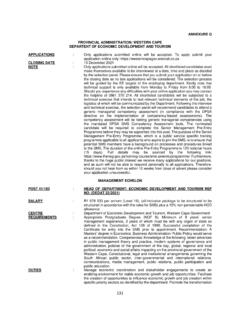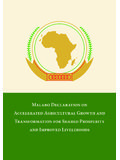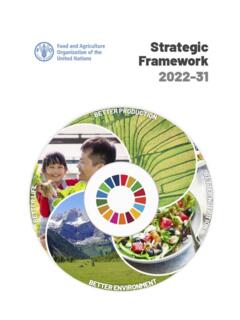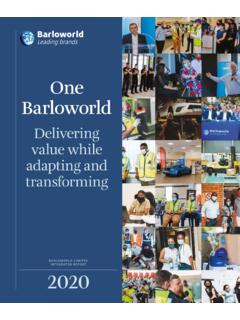Transcription of Public Schools and Private Schools in Ethiopia: Partners ...
1 International Journal of Humanities Social Sciences and Education (IJHSSE) Volume 4, Issue 2, February 2017, PP 100-111 ISSN 2349-0373 (Print) & ISSN 2349-0381 (Online) ARC Page | 100 Public Schools and Private Schools in Ethiopia: Partners in National Development? Teshome Nekatibeb Begna Center for Comparative Education and Policy Studies, Addis Ababa University, Ethiopia Abstract: Ethiopia has given emphasis to the expansion of primary education to enhance the socio-economic transformation of its population. Because of its limitations to fund the expansion of the sector, however, the government has introduced privatization as means to shift costs to users. Due to this, a dual system of education has grown in the nation. To ensure that both types of Schools provide equivalent education, the government has introduced a primary school measurement standard.
2 So far, no study has been carried out whether these standards are met and if Schools provide equitable education. The purpose of this study was to fill this gap and analyze whether Public and Private primary Schools provide equitable education in Ethiopia. A multi-method research approach with a case study and survey perspectives was adopted to conduct the study. A total of 68 Public and Private Schools were purposefully selected and 1,260 respondents participated in the study. Findings indicate that learning in Private Schools leads to more academic achievements than in Public Schools . Moreover, Public Schools don t meet the minimum quality standards required by the government. It was indicated that Private Schools differ from Public Schools for making rigorous selection of students, admitting students with appropriate age from families having higher levels of education.
3 As compared to Public Schools , Private Schools provide more access to classrooms and teachers, attractive work environment, sufficient facilities, qualified teachers, enriched curricula and a school management focused on results. From these findings, it was implied that the government needs to upgrade Public Schools , keep an eye on irregular practices in Private Schools and control the mutation of Public Schools into Private institutions. Keywords: Public Schools , Private Schools , national development, learning achievement, school effectiveness 1. BACKGROUND The government of Ethiopia issued two policy documents titled the Education and Training Policy and the Education Sector Strategy in 1994 in which it committed itself to achieve universal primary education by 2015. The government made it clear that it would play a major role in the development of education by increasing the financing of the educational system through budget allocation.
4 At the same time, it has recognized that it won t be able to bear the costs of educational expansion alone. Thus, it proposed privatization as an option in the strategy document as follows: The participation of the community will be encouraged and enhanced in building Schools and provision of furniture on a voluntary self-help basis. Private sector participation shall be promoted in the provision of and assistance of educational service. Different cost sharing mechanisms shall be studied and introduced particularly for beneficiaries of higher education (MOE: 1994a:13). After two decades of educational reforms following the above guideline, Ethiopia has developed a dual system of education all along from preprimary to higher education. One is the Public or government sector while the other is the non-government or Private sector. There are different expectations from the emerging Private sector.
5 For the government, privatization would bring about expanded access towards the achievement of universal primary education. Simultaneously, it would shift away some of the financial burdens to users. For affording parents, opportunities for learning alone are not sufficient for their children and they require good quality education. This would mean qualified teachers, adequate facilities and learning materials, good learning environments, higher achievements in national examinations. They also need safe environments and equal treatments, particularly for their female children. Such parents are ready to pay a certain amount of fees in return for the services they are provided. As consumers, there is no doubt that they would like to also be consulted about matters pertaining to their children s learning. Teshome Nekatibeb Begna International Journal of Humanities Social Sciences and Education (IJHSSE) Page | 101 Private Public Theoretically, demands on the Public Schools are similar to the Private Schools , but with minimum or no fees paid.
6 To this end, the Ministry of Education (MOE) (2009) has provided a guideline to standardize the operations of Schools in Ethiopia. The purpose of the standard is to ensure equivalence of learning conditions among all Schools irrespective of whether they are urban or rural. It also applies to both Private and Public Schools . Ethiopia remained a predominantly rural country and about 86% of its population lives in rural areas. Thus, most primary Schools are located in rural areas and MOE (2012/13) reported that 81% of primary school students are rural. Over the past two decades, the government has issued several policy and planning documents having common visions to end poverty and move the country into a middle-income economy by 2025 (AAU, 2008). The first five year plan (2010/11-2014/15), commonly known as the Growth and Transformation Plan (GTP), puts both rural, agricultural and industrial transformation as important dimensions of the development strategy.
7 According to Freeman and Mohamedbhai (2011:1), the GTP sets forth the national priorities as ..agriculture and rural development, industry, infrastructure, social and human development, good governance and democratization. While the GTP is strikingly ambitious, it is within this context that the revolutionary expansion of education, improvement of its quality, equity and relevance draw their meaning. It is intended to serve all sectors by producing more highly qualified workforce that is demanded by industry, particularly the growing manufacturing industry at all levels (Ministry of Finance and Economic Development, 2012). The goal is to provide ample opportunities for learning and produce efficient and effective, knowledge based and innovative citizens who would contribute to the transformation process. Given the dual system, however, no study has been carried out how these different Schools partner to equally provide services towards these goals under unequal circumstances.
8 Thus, the question is to what extent and how these systems contribute to the production of highly skilled citizens of equivalent quality in the transformation process. The purpose of this study is to explore the characteristics of Public and Private primary Schools in maintaining the standards for quality and equity of education in the transformation process in Ethiopia. Our research questions revolve around three pillars: Do students in Private and Public school achieve equivalent academic results? Do Private and Public Schools provide equivalent opportunities to students in terms of gender, parental background, selection and admission? Do Private and Public Schools work under similar conditions? 2. OBJECTIVES AND SIGNIFICANCE OF THE STUDY The overall objective of the study is to analyze the equity in standards of Public and Private primary Schools in the national development process in Ethiopia.
9 The specific objectives of the study are the following: To analyze student achievement both in Private and Public Schools using the results of regional primary school leaving examinations. To investigate equality of opportunities to schooling in terms student selection, composition and parental background. To explore conditions under which both Public and Private primary Schools operate in rural and urban contexts. Public Schools and Private Schools in Ethiopia: Partners in National Development? International Journal of Humanities Social Sciences and Education (IJHSSE) Page | 102 The expansion of Private Schools as well as Public Schools in Ethiopia is very significant. In 2012/13, there were a total of 30,534 primary Schools out of which 7% were Private in the nation (MOE, 2012/13). However, these dual systems are often perceived to have different standards.
10 Usually it is claimed that the standards of Private primary Schools are better than the Public Schools . Nevertheless, these claims and perceptions have not so far been studied and ascertained. Thus, this study will contribute towards a better understanding of how these Schools are faring in the process of national development. 3. Public AND Private Schools : NATURE, PERFORMANCE AND CONDITIONS OF WORK The variation of Public and Private Schools has been discussed in various studies (see Arakelyan, 2005, Bray, 1996, OECD, 2012, Kitaev,1999, Walberg and Burst, 2003). Commonly, these studies agree that Public Schools are state or government Schools mandated for or offered to all children by the government. State education is inclusive and it is organized and operated by government agencies. Private education, on the other hand, refers to any type of formal school which is outside the Public education system (Kitaev,1999).
